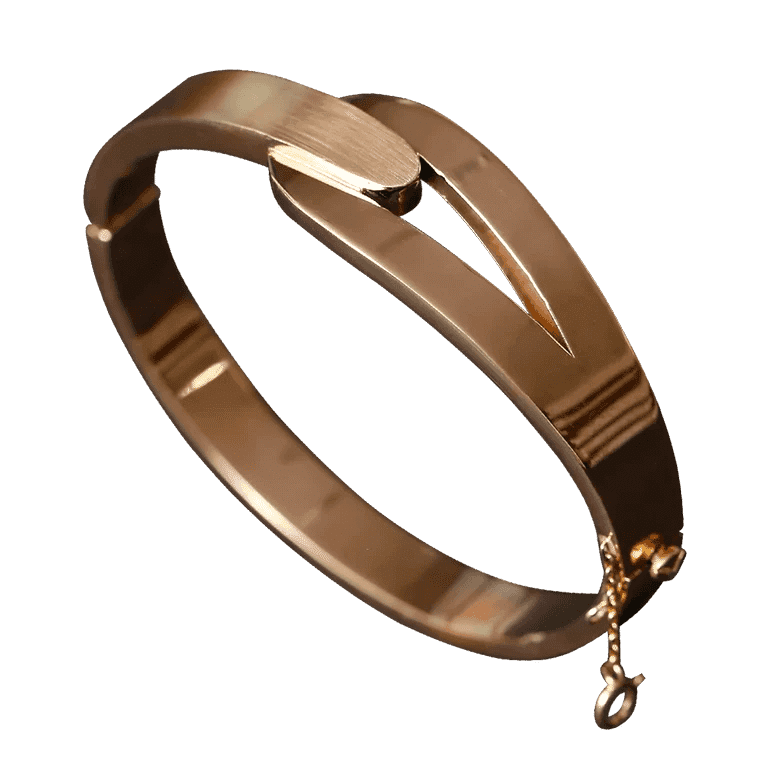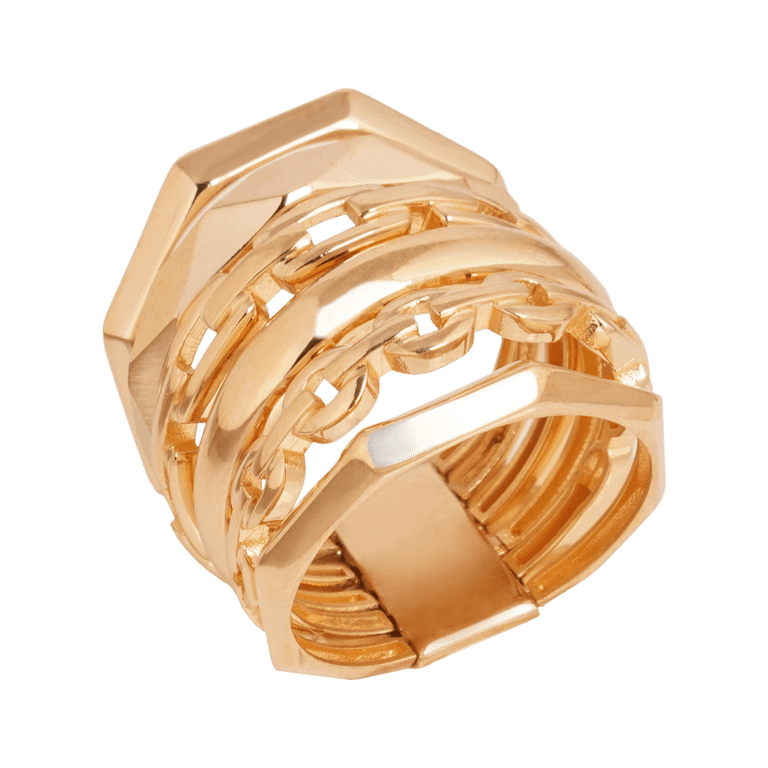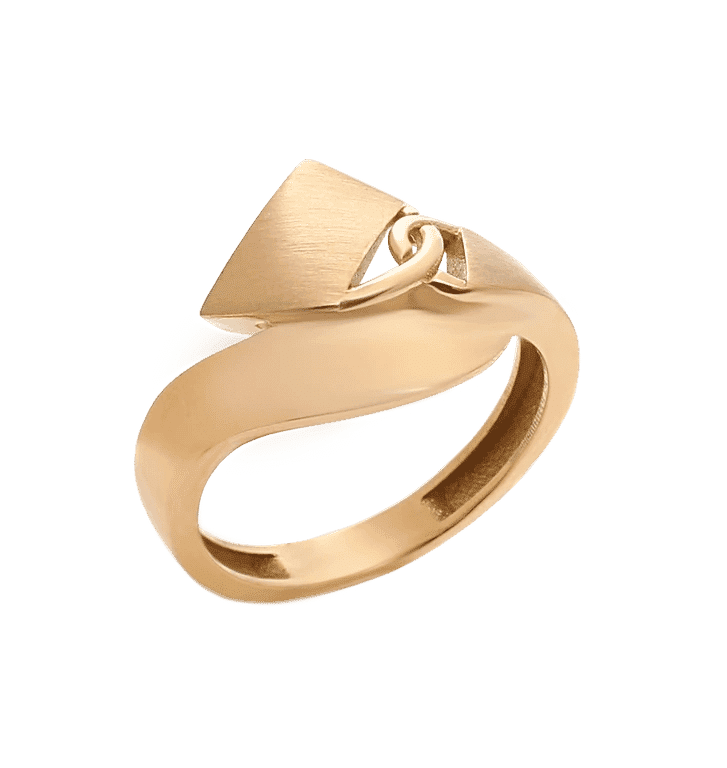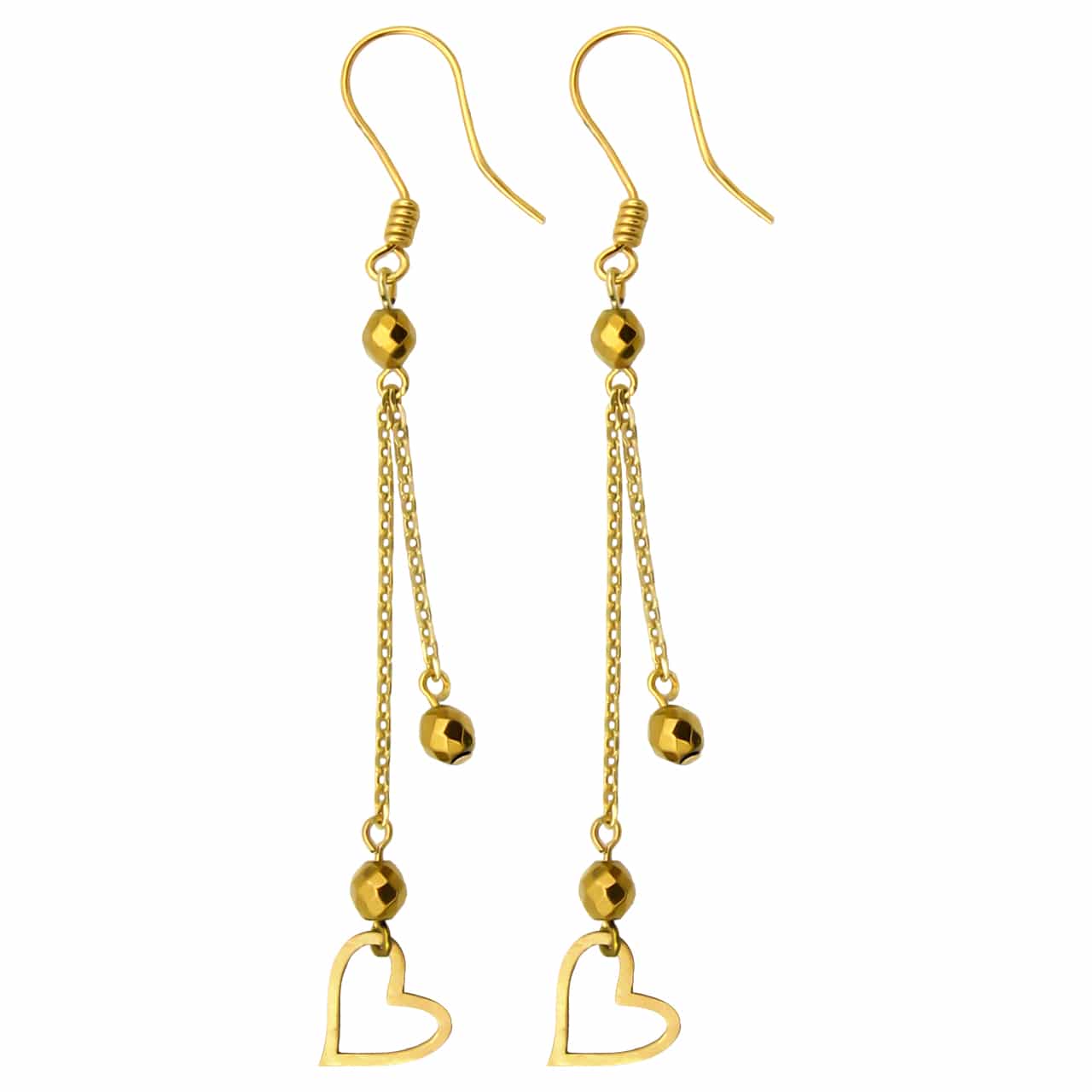Throughout human history, symbols have served as bridges between the tangible world and our inner perceptions, embodying complex ideas like protection, awareness, and divine insight. These symbols often stem from ancient myths but continue to influence our modern understanding of perception and consciousness. One of the most enduring symbols is that of Horus, the falcon-headed god of ancient Egypt, whose eye has become an emblem of protection, healing, and spiritual vigilance. This article explores how such ancient symbolism connects with our contemporary experience of the human senses, illustrating a timeless dialogue between myth and perception.
Contents
- The Mythology of Horus: From Ancient Egypt to Modern Consciousness
- The Human Senses as a Gateway to Experience and Knowledge
- The Eye of Horus as a Symbol of Perception and Protection Today
- Alignments and Precision: How Ancient Structures Embody Cosmic and Sensory Awareness
- The Intersection of Senses, Perception, and Symbolism in Modern Technology
- Non-Obvious Depths: The Cultural and Psychological Implications of Sensory Symbolism
- Conclusion: Bridging Ancient Symbolism and Modern Perception
The Mythology of Horus: From Ancient Egypt to Modern Consciousness
Who was Horus? An exploration of his mythological role and attributes
Horus was one of the most significant deities in ancient Egyptian religion, often depicted as a falcon or as a man with a falcon head. He symbolized kingship, the sky, and divine protection. Mythologically, Horus’s story is intertwined with themes of succession, legitimacy, and cosmic order. His eye, in particular, became a powerful symbol representing the all-seeing vigilance of the divine, embodying the qualities of perception, awareness, and protection that humans seek to develop within themselves.
The symbolism of Horus’s eye: Protection, healing, and royal authority
The “Eye of Horus” — also known as Wedjat — was believed to have healing and protective powers. It was used in amulets and rituals to ward off evil and to promote health and safety. The eye’s symbolism extended to royal authority, signifying the vigilance and divine right of rulers. Modern interpretations often link the eye to clarity of vision, insight, and spiritual protection, making it a universal emblem of awareness that transcends its ancient origins.
How ancient myths reflect human understanding of perception and awareness
Ancient myths like that of Horus mirror early attempts to understand perception—both physical and spiritual. The eye as a symbol of vigilance aligns with our innate desire to perceive, interpret, and protect ourselves from danger. These stories encode a recognition that awareness is fundamental to survival and societal order, a concept that remains relevant today as we develop new ways to augment human perception through technology and science.
The Human Senses as a Gateway to Experience and Knowledge
Overview of the five traditional senses and their evolutionary importance
Humans traditionally recognize five senses: sight, hearing, taste, smell, and touch. These sensory modalities evolved to help our ancestors navigate complex environments, find food, avoid predators, and communicate. Scientific research indicates that these senses are linked to survival mechanisms—visual acuity helps identify threats, olfactory cues signal danger or food, and tactile feedback informs us of physical contact and temperature.
Beyond the basics: the role of intuition and subconscious perception
Modern science recognizes that perception extends beyond these five senses. Intuition, subconscious processing, and even electromagnetic sensing contribute to our awareness. For example, studies on the “gut brain” reveal that the enteric nervous system influences perceptions, while subconscious cues often guide decision-making—highlighting that perception is a layered, complex phenomenon.
Connecting senses to mythology: How ancient cultures personified perception (e.g., Horus’s eye)
Ancient civilizations frequently personified perception and awareness through deities or symbols. The Eye of Horus exemplifies this, representing not only physical sight but also spiritual insight and protection. Similar symbols appear across cultures: the third eye in Hinduism, the “all-seeing eye” in Western traditions, and the shen symbol in Chinese culture. These icons reflect a universal human desire to transcend ordinary perception and access deeper truths.
The Eye of Horus as a Symbol of Perception and Protection Today
Historical significance and symbolism in ancient Egypt
In ancient Egypt, the Eye of Horus was a potent amulet, symbolizing protection against evil spirits and physical harm. It represented divine watchfulness and was integral to funerary rituals, ensuring safe passage to the afterlife. Its geometric form conveyed balance and harmony, qualities revered in Egyptian cosmology.
Modern interpretations and uses: jewelry, logos, spiritual practices
Today, the symbolism of Horus’s eye persists in fashion, logos, and spiritual contexts. It often appears in jewelry as a talisman of protection and clarity. Businesses adopt the image to evoke vigilance and insight—like in branding for security companies or tech firms aiming to symbolize awareness and protection. Additionally, some spiritual movements incorporate it into meditation practices to enhance intuition and inner vision.
The Eye of Horus as a metaphor for clarity, insight, and vigilance in contemporary life
In a broader sense, the Eye of Horus stands as a metaphor for the pursuit of clarity amidst chaos. It symbolizes the importance of vigilance—whether in personal decision-making, technological innovation, or spiritual growth. This continuity underscores how ancient symbols continue to resonate, inspiring modern tools and practices that seek to expand human perception and safeguard our understanding of reality. For those interested in exploring how such symbols influence contemporary consciousness, the [that falcon god symbol](https://eye-of-horus-demo-slot.top/) offers an intriguing window into this timeless archetype.
Alignments and Precision: How Ancient Structures Embody Cosmic and Sensory Awareness
The Egyptian calendar’s precise 365-day cycle based on Nile cycles and its symbolic resonance
Ancient Egyptian astronomers meticulously observed the Nile’s flood cycles, developing a calendar close to 365 days—aligning with the solar year. This precision reflects their deep understanding of celestial cycles, which they embedded into religious festivals and agricultural planning. It exemplifies how sensory observation of natural phenomena was central to their worldview, linking perceptions of time and space to divine order.
Architectural alignments: Pyramid sides and the Temple of Karnak aligning with true north and solstice sunrise
The Great Pyramid of Giza, for instance, is aligned with astonishing accuracy to true north, a feat achieved through sophisticated observational techniques. Similarly, the Temple of Karnak was oriented to capture the sunrise during solstices. These alignments reveal that ancient builders possessed a nuanced understanding of celestial movements, effectively integrating sensory perception of the environment into their sacred architecture.
What these alignments reveal about ancient understanding of perception, orientation, and the cosmos
“Ancient civilizations perceived the cosmos through their sensory engagement with the environment—aligning structures and calendars not just for practical purposes but as expressions of cosmic harmony.”
These meticulous alignments suggest that ancient cultures integrated sensory awareness—observing star patterns, solar movements, and natural cycles—into their spiritual and practical life. This embodied a holistic perception of the universe, where physical orientation and cosmic understanding were inseparable.
The Intersection of Senses, Perception, and Symbolism in Modern Technology
Sensory technologies: From visual aids to neural interfaces
Advances in technology have dramatically expanded our perceptual capabilities. Visual aids like high-resolution cameras and night vision devices extend sight beyond natural limits. Neural interfaces and prosthetics now aim to restore or enhance sensory functions, blurring the line between human perception and technological augmentation. These innovations echo ancient symbols of protection and insight, such as the Eye of Horus, by striving for clarity and safeguarding perception amidst chaos.
Examples of modern devices that enhance or mimic human perception (e.g., cameras, virtual reality)
- Cameras and sensors that capture visual and environmental data, creating virtual representations of reality
- Virtual reality (VR) and augmented reality (AR) systems that immerse users in simulated environments, expanding sensory experience
- Neural implants that interpret and transmit sensory information directly to the brain, potentially restoring lost senses
How these innovations reflect ancient symbolic ideas like the Eye of Horus—seeking clarity, protection, and understanding
Modern sensory technologies embody the timeless human desire for clarity and protection. Like the ancient Eye of Horus, which symbolized vigilance and safeguarding divine insight, today’s devices aim to enhance our perceptual awareness, protect us from danger, and deepen understanding of our environment. This continuity illustrates how ancient symbols continue to inspire innovations that seek to expand human perception and safeguard our consciousness.
Non-Obvious Depths: The Cultural and Psychological Implications of Sensory Symbolism
The subconscious influence of symbols like Horus’s eye on modern psychology
Symbols such as the Eye of Horus permeate our subconscious, influencing psychological archetypes and perceptions. Carl Jung identified symbols as gateways to collective unconsciousness—shared motifs that shape our understanding of reality. The eye, representing awareness and protection, can subconsciously impact our mindset, fostering a sense of vigilance and insight even without conscious recognition.
Cultural narratives shaping our perception and interpretation of reality
Cultural stories and symbols create frameworks through which we interpret the world. Recognizing the influence of symbols like Horus’s eye helps us understand how perceptions are shaped by collective beliefs, affecting everything from personal self-awareness to societal values. These narratives deepen our understanding of perception as a dynamic interplay between external stimuli and internal interpretation.
The role of symbolism in developing a deeper awareness of oneself and the environment
Engaging with symbols like the Eye of Horus fosters introspection and heightened perception. They serve as mental anchors, encouraging individuals to cultivate vigilance, insight, and protection against illusions. This symbolic engagement supports a broader journey toward self-awareness and environmental understanding—an ongoing human pursuit rooted in ancient wisdom but thriving in modern consciousness.
Bridging Ancient Symbolism and Modern Perception
Summarizing the continuity from Horus’s eye to contemporary sensory understanding
The symbolism of Horus’s eye encapsulates timeless human aspirations: protection, insight






